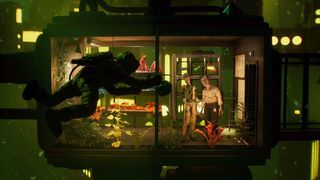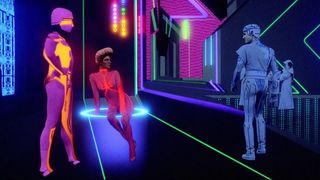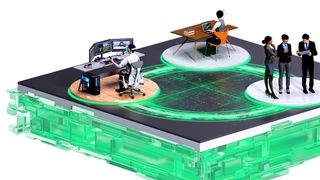
No matter where you turn today, you see 'VIRTUAL REALITY' dominating headlines, investments and debates. Everyone knows what it is. But no one is quite sure what it does, and the design industry is no different.
Creative minds are continuing to experiment with new technologies to get a better understanding of it. But how will VR impact the design community? When will it become 'real'? Who will use it and why?
Such is the uncertainty surrounding VR that a common phrase between designers is that to see the future of VR, simply roll a dice and see what comes up.
But that's the most exciting thing about VR right now, in that it could head anywhere, with some great design specialists driving a lot of experimentation into what the VR content of the future will look like.
Tipping point
VR may now actually be about to reach a tipping point, due to the perfect storm of hardware, software and relevant content. No longer just a gimmick, VR can now enable engaging storytelling, immersive experiences and the potential to monetize the consumer experience.
For the design industry, this perfect storm unleashed amazing potential. Villusion Studios, based in Seattle, Washington, uses VR to re-invent the concept of visualization, closing the gap between ideas and reality. With VR, they deliver realistic, informative, and immersive experiences that stimulate, and engage. This can include architecture, product design, and planning and development.
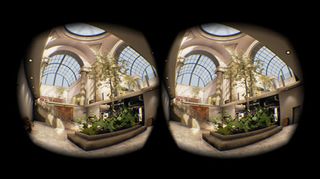
This potential is why VR is an ideal design and creativity medium for a whole host of sectors, including media, technology, science and industry, retail, and many more.
Get the Creative Bloq Newsletter
Daily design news, reviews, how-tos and more, as picked by the editors.
What's more, every business looking to VR as a way to achieve its goals can benefit from a solution for designing, creating and animating high-quality VR content.
Looking in-depth at industries currently experimenting with VR, with Hollywood currently benefitting the most from advancements to VR content design, and some of Tinseltown's biggest and most progressive names are working to fully understand for themselves the methodology and the prerequisites for creating immersive VR content.
Titanic challenge
If we look at the work of Titanic director James Cameron and some of his pioneering work in stereoscopic projection, this goes hand in hand with VR, in that the content creator has to take into account the extra third dimension and an additional set of criteria.
All of this affects things like how quickly a filmmaker can move from shot to shot in order not to 'throw' the audience, and the same principle remains for VR. Cameron was also the director behind the VR visual masterpiece Avatar, which redefined and revolutionised the way in which VR content can be used in storytelling.
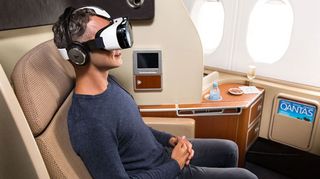
In the consumer world, the computer game industry is leading the way, but others are quickly catching up. Samsung are teaming up with Qantas to provide VR headsets to first class passengers, and Volvo have created a VR experience to help potential customers to explore the new XC90 model.
And this past year at Cannes Lion, Sapient Nitro created the Apartment by The Line in SoHo experience, which allowed Cannes Lion attendees to shop the exclusive New York shop, via Samsung headgear.
New possibilities
As software solutions for creating VR content continue to evolve, so too will the avenues for using VR content.
We will see more and more companies identifying VR as a realistic, affordable method of communicating and presenting content, and it's high time that VR-designing software is actually used to empower content, be it for creation or consumption.
Looking to the future of VR, it's almost impossible to map. What VR content will people want to see? Where will they way to see it, and how long for? Content is the big question, and the biggest challenge of all, remains how to create content that will continue to entice and engage people for years to come. That is a challenge which everyone involved with VR should find incredibly exciting.
Words: John Bavaresco
John Bavaresco is MODO Design CS at The Foundry.
Liked this? Try these...

